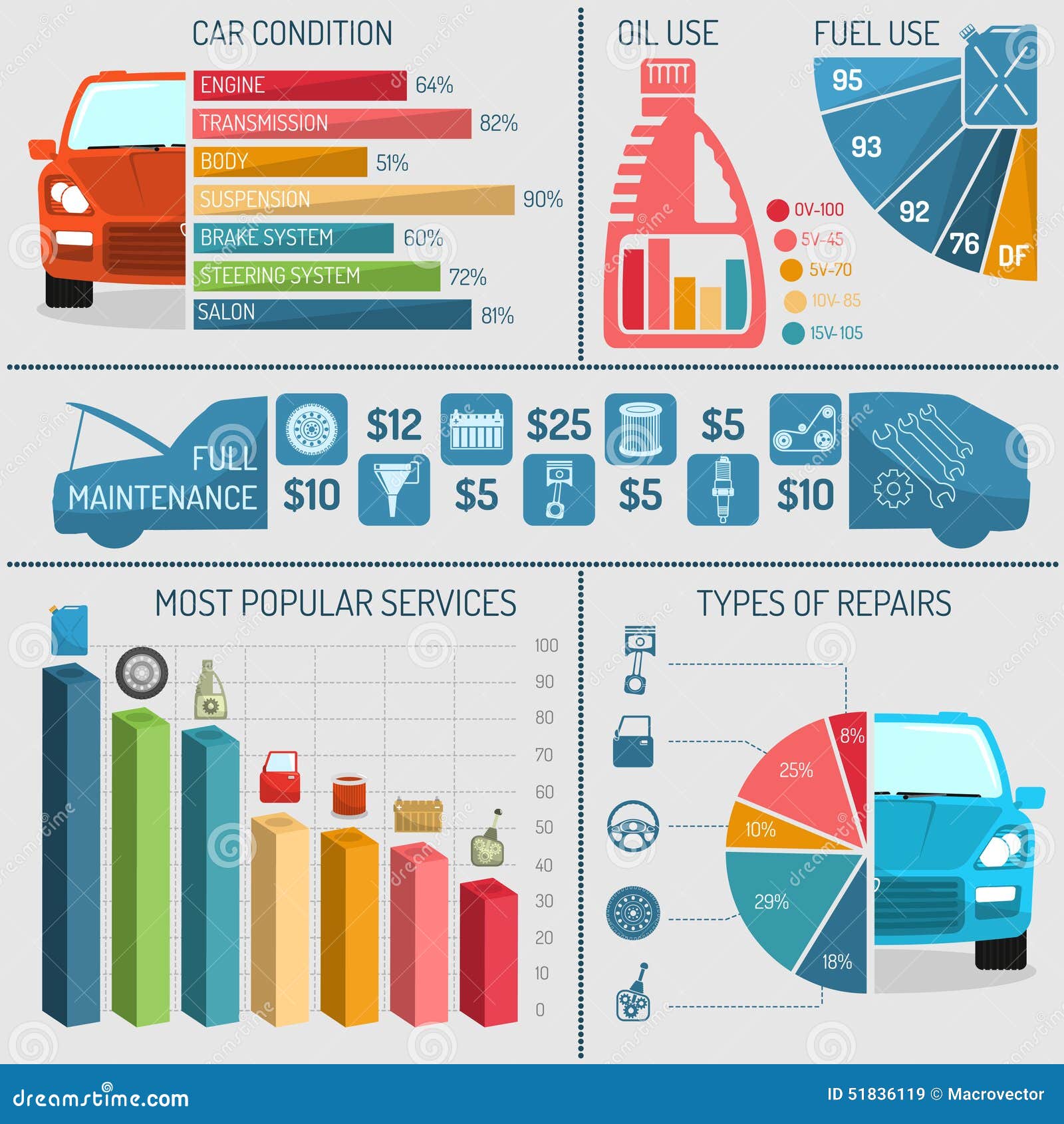Decoding Your Automobile'S Warning Indicators: What They Genuinely Signify
Decoding Your Automobile'S Warning Indicators: What They Genuinely Signify
Blog Article
Write-Up Developed By-Vinson Alvarado
When you lag the wheel, those glowing caution lights on your control panel can be a little bit difficult. Do you know what they're attempting to tell you about your car's health? Comprehending https://ccxmedia.org/news/as-new-vehicle-prices-soar-auto-shops-report-spike-in-car-repairs/ of these lights is crucial for your security and the longevity of your automobile. So, the next time among those lights appears, wouldn't you intend to decode its message precisely and take the essential actions to address it?
Common Caution Lighting and Interpretations
Identify typical warning lights in your car and understand their definitions to make sure safe driving.
The most typical caution lights include the check engine light, which signifies concerns with the engine or emissions system. If this light comes on, it's vital to have your lorry inspected immediately.
https://andresqlfzu.blogsuperapp.com/31609220/wondering-about-the-meaning-behind-those-dashboard-warning-lights-gain-insights-into-their-implications-for-your-car-s-security-and-maintenance advising light indicates low oil pressure, requiring immediate interest to avoid engine damage.
A flashing battery light might suggest a malfunctioning billing system, potentially leaving you stranded if not addressed.
The tire stress tracking system (TPMS) light signals you to low tire stress, impacting vehicle security and fuel efficiency. Disregarding this might result in dangerous driving conditions.
The abdominal muscle light suggests an issue with the anti-lock braking system, endangering your capacity to quit quickly in emergency situations.
Last but not least, the coolant temperature warning light warns of engine overheating, which can result in severe damages if not settled promptly.
Comprehending these usual warning lights will certainly aid you attend to issues immediately and preserve risk-free driving problems.
Importance of Prompt Interest
Comprehending the typical caution lights in your auto is just the very first step; the value of immediately attending to these warnings can not be emphasized sufficient to guarantee your safety when driving.
When a warning light brightens on your control panel, it's your automobile's means of interacting a potential problem that requires interest. Disregarding these warnings can lead to a lot more serious troubles later on, jeopardizing your safety and potentially costing you extra out of commission.
Prompt focus to advising lights can stop failures and crashes. For example, a blinking check engine light can indicate a misfire that, if left ignored, could cause damages to the catalytic converter. Resolving this promptly can conserve you from a costly repair.
Similarly, a brake system alerting light could signify reduced brake liquid or used brake pads, crucial elements for your security when driving.
DIY Troubleshooting Tips
If you notice a warning light on your control panel, there are a couple of DIY repairing tips you can try before seeking expert aid.
The initial step is to consult your cars and truck's manual to understand what the particular caution light shows. Occasionally https://oil-change-service-near-m73950.bloggactif.com/32065852/distort-up-for-a-revealing-check-into-the-covert-gems-of-top-tier-auto-repair-shops-that-will-transform-your-car-maintenance-regular can be as easy as a loose gas cap triggering the check engine light. Tightening the gas cap may fix the trouble.
An additional usual problem is a low battery, which can activate different warning lights. Examining the battery connections for rust and ensuring they're safe and secure could repair the issue.
If a warning light persists, you can attempt resetting it by separating the auto's battery for a couple of minutes and after that reconnecting it. In addition, checking your automobile's liquid degrees, such as oil, coolant, and brake liquid, can assist fix cautioning lights connected to these systems.
Conclusion
Finally, recognizing your vehicle's warning lights is crucial for maintaining your car running efficiently and safely. By quickly addressing these signals and understanding what they indicate, you can prevent pricey repair work and prospective break downs.
Bear in mind to consult your automobile's guidebook for particular information on each advising light and act as necessary to make sure a hassle-free driving experience.
Stay informed, remain safe on the road!
